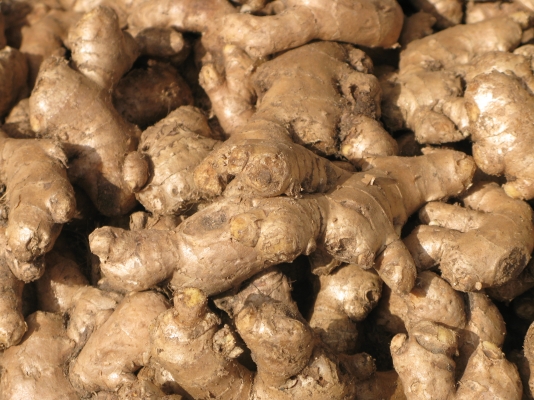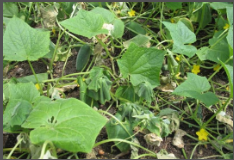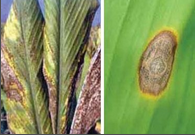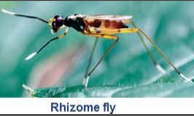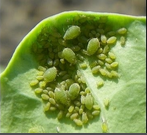General Information
Ginger, known as "Adrakh" is most important major spice crop of India. India is leading producer of Ginger. Karnataka, Orissa, Assam, Meghalaya, Arunachal Pradesh and Gujarat are major ginger producing states.
In Uttar Pradesh, it is cultivated on small scale. Near about 830 hectare area is under ginger cultivation with productivity of 2.86 MT/ha (2005-06).

